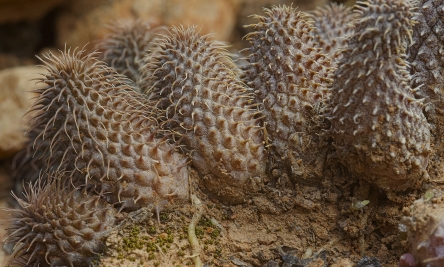That’s a bit of a silly question, isn’t it? We take a picture of something because we want to have a picture of it. That’s all there is to it, or is it?
To get a more useful answer, maybe we should make the question less general: Why take a picture of a certain plant?
The answer could still be vague: because I like to have a picture of this plant. As long as that is all you want, fine. As they say: if you don’t mind where you are going, you ain’t lost.
If, on the other hand, you want to make a meaningful picture, your answer will have to be more specific. You must be able to put into words why exactly you would photograph this plant. Otherwise, the best you can expect is what the famous Ansel Adams used to call “a sharp image of a fuzzy concept”.
The reasons for photographing a plant (or a part of a plant!) may cover an enormous range:
– because I like these flowers
– because I’m writing an article on this species
– because this is the first time I see the plant in the wild/ in this kind of environment/ in this area
– because I want to show the peculiar hairs on the leaves
– because I don’t have a picture of this species yet
– because the fruits remind me of …
– because I want to show the plant in its natural surroundings
– because normally the plant does not flower in this time of the year
– because I don’t know the name of the plant and hopefully the picture can help me sort it out
– because the fruits/buds/young leaves look so wonderful
– because I am awed by how this little plant survives in its hostile environment
– because I want to impress people with a picture of this rare plant in my collection
– because the picture will remind me of this wonderful trip
– because……, because……., because…….
Obviously you don’t have to restrict yourself to one reason. Do remember however, that each reason will demand a different approach. You will not be able to show a big plant as a whole and a detail of it, at the same time; if you want to show hairs or warts, you will probably need to use side lighting or backlighting, etc.
When you look at the list a bit closer, you will notice that part of the reasons have to do with the subject as such. In that case you will need a documentary, representative approach. Other reasons have to do with your response to the subject, requiring an impressionistic, creative approach. Being aware of all this and responding in a suitable way, is an important step on the way to better pictures.


Twice the same species (Euphorbia multiceps), but what a difference in pictures!
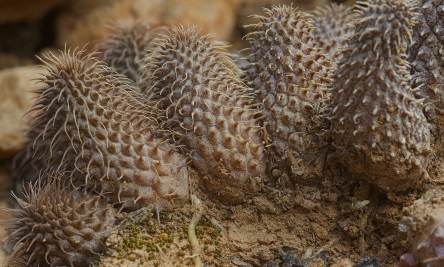
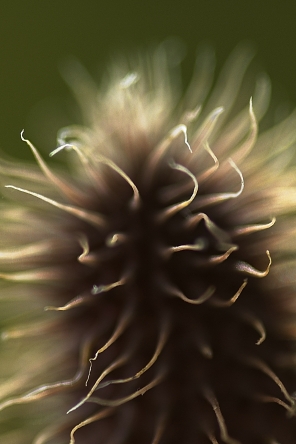
Huernia pillansii lends itself perfectly for making abstracts pictures

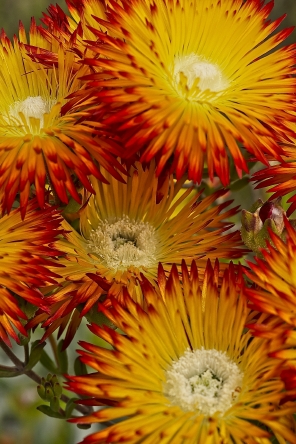
The first picture shows the plant (Drosanthemum bicolor) in its environment, the second one tells us much more about the flowers
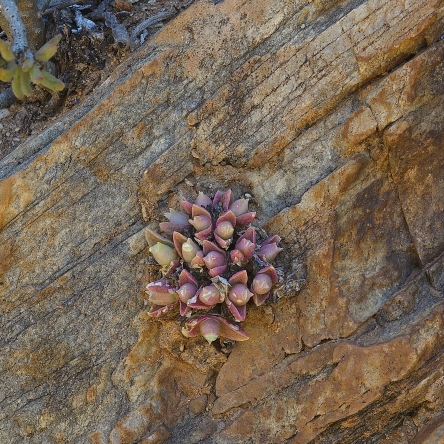
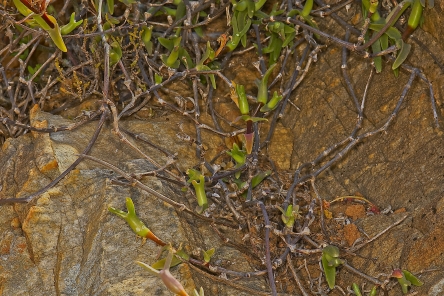
The first picture shows the juvenile stage of Mitrophyllum clivorum, the second one gives an impression of an adult plant
